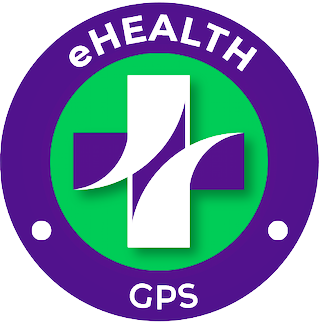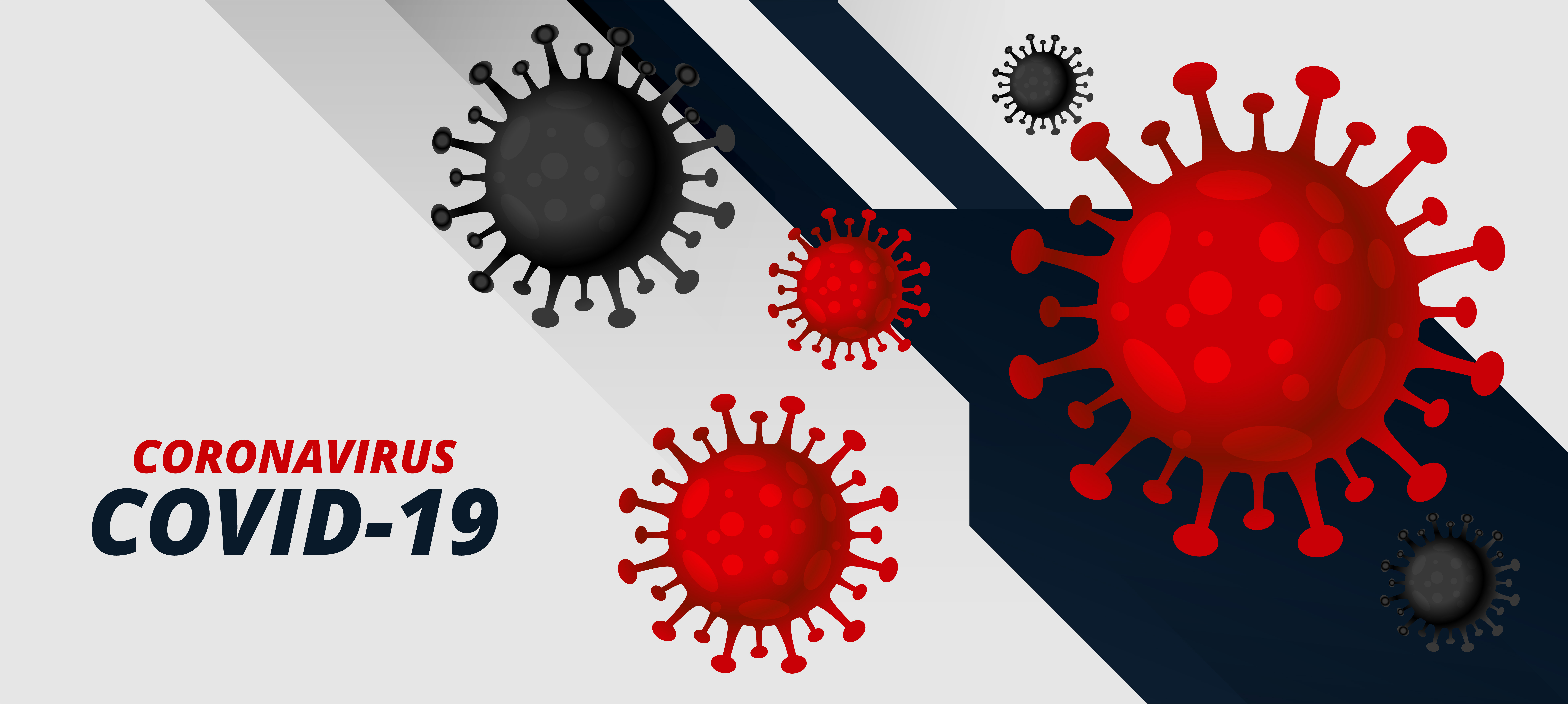1. What is COVID-19?
COVID-19 is a disease caused by a new coronavirus called SARS-CoV-2. WHO first learned of this new virus on 31 December 2019, following a report of a cluster of cases of ‘viral pneumonia’ in Wuhan, People’s Republic of China.
2. What are the symptoms of COVID-19?
The most common symptoms of COVID-19 are
- Fever
- Dry cough
- Fatigue
Other symptoms that are less common and may affect some patients include:
- Loss of taste or smell,
- Nasal congestion,
- Conjunctivitis (also known as red eyes)
- Sore throat,
- Headache,
- Muscle or joint pain,
- Different types of skin rash,
- Nausea or vomiting,
- Diarrhea,
- Chills or dizziness.
Symptoms of severe COVID‐19 disease include:
- Shortness of breath,
- Loss of appetite,
- Confusion,
- Persistent pain or pressure in the chest,
- High temperature (above 38 °C).
Other less common symptoms are:
- Irritability,
- Confusion,
- Reduced consciousness (sometimes associated with seizures),
- Anxiety,
- Depression,
- Sleep disorders,
- More severe and rare neurological complications such as strokes, brain inflammation, delirium, and nerve damage.
People of all ages who experience fever and/or cough associated with difficulty breathing or shortness of breath, chest pain or pressure, or loss of speech or movement should seek medical care immediately. If possible, call your health care provider, hotline, or health facility first, so you can be directed to the right clinic.
3. What happens to people who get COVID-19?
Among those who develop symptoms, most (about 80%) recover from the disease without needing hospital treatment. About 15% become seriously ill and require oxygen and 5% become critically ill and need intensive care.
Complications leading to death may include respiratory failure, acute respiratory distress syndrome (ARDS), sepsis and septic shock, thromboembolism, and/or multiorgan failure, including injury of the heart, liver, or kidneys.
In rare situations, children can develop a severe inflammatory syndrome a few weeks after infection.
4. Who is most at risk of severe illness from COVID-19?
People aged 60 years and over, and those with underlying medical problems like high blood pressure, heart and lung problems, diabetes, obesity, or cancer, are at higher risk of developing a serious illness.
However, anyone can get sick with COVID-19 and become seriously ill or die at any age.
5. Are there long-term effects of COVID-19?
Some people who have had COVID-19, whether they have needed hospitalization or not, continue to experience symptoms, including fatigue, respiratory and neurological symptoms.
WHO is working with our Global Technical Network for Clinical Management of COVID-19, researchers and patient groups around the world to design and carry out studies of patients beyond the initial acute course of illness to understand the proportion of patients who have long term effects, how long they persist, and why they occur. These studies will be used to develop further guidance for patient care.
6. How can we protect others and ourselves if we don’t know who is infected?
Stay safe by taking some simple precautions, such as physical distancing, wearing a mask, especially when distancing cannot be maintained, keeping rooms well ventilated, avoiding crowds and close contact, regularly cleaning your hands, and coughing into a bent elbow or tissue. Check local advice where you live and work. Do it all!
7. When should I get a test for COVID-19?
Anyone with symptoms should be tested, wherever possible. People who do not have symptoms but have had close contact with someone who is, or maybe, infected may also consider testing – contact your local health guidelines and follow their guidance.
While a person is waiting for test results, they should remain isolated from others. Where testing capacity is limited, tests should first be done for those at higher risk of infection, such as health workers, and those at higher risk of severe illness such as older people, especially those living in seniors’ residences or long-term care facilities.
8. What test should I get to see if I have COVID-19?
In most situations, a molecular test is used to detect SARS-CoV-2 and confirm infection. Polymerase chain reaction (PCR) is the most commonly used molecular test. Samples are collected from the nose and/or throat with a swab. Molecular tests detect viruses in the sample by amplifying viral genetic material to detectable levels. For this reason, a molecular test is used to confirm an active infection, usually within a few days of exposure and around the time that symptoms may begin.
9. What is the difference between isolation and quarantine?
Both isolation and quarantine are methods of preventing the spread of COVID-19.
Quarantine is used for anyone who is in contact with someone infected with the SARS-CoV-2 virus, which causes COVID-19, whether the infected person has symptoms or not. Quarantine means that you remain separated from others because you have been exposed to the virus and you may be infected and can take place in a designated facility or at home. For COVID-19, this means staying in the facility or at home for 14 days.
Isolation is used for people with COVID-19 symptoms or who have tested positive for the virus. Being in isolation means being separated from other people, ideally in a medical facility where you can receive clinical care. If isolation in a medical facility is not possible and you are not in a high-risk group of developing severe disease, isolation can take place at home. If you have symptoms, you should remain in isolation for at least 10 days plus an additional 3 days without symptoms. If you are infected and do not develop symptoms, you should remain in isolation for 10 days from the time you test positive.
10. Is there a vaccine for COVID-19?
Yes. There are three COVID-19 vaccines for which certain national regulatory authorities have authorized the use. None have yet received WHO EUL/PQ authorization but we expect an assessment on the Pfizer vaccine by the end of December and for some other candidates soon thereafter.
Large studies of 5 vaccine candidates’ efficacy and safety results, including these three (and for Moderna and AstraZeneca), have been publicly reported through press releases but only one (AstraZeneca) has published results in the peer-reviewed literature. , We expect more such reports in the near future. It is likely that additional candidates will be submitted to regulatory authorities for approval.
Once vaccines are demonstrated to be safe and efficacious, they must be approved by national regulators, manufactured to exacting standards, and distributed. WHO is working with partners around the world to help coordinate key steps in this process, including facilitating equitable access to safe and effective COVID-19 vaccines for the billions of people who will need them.

